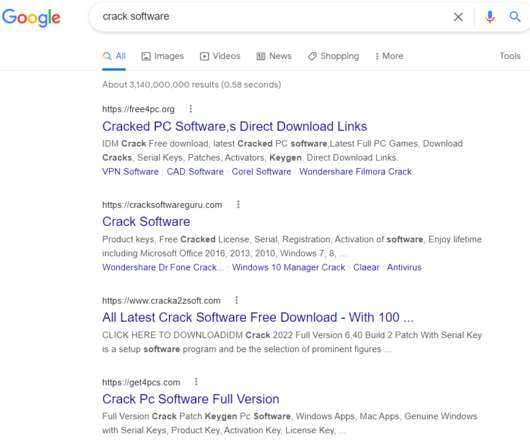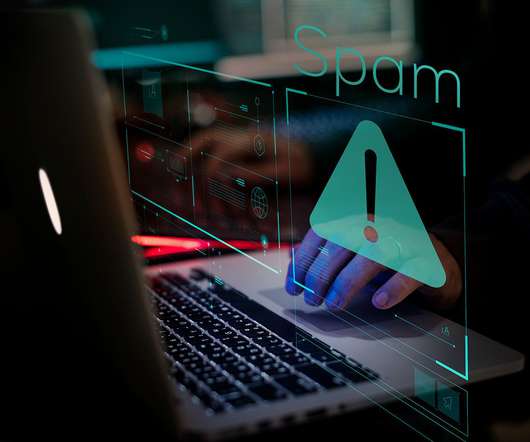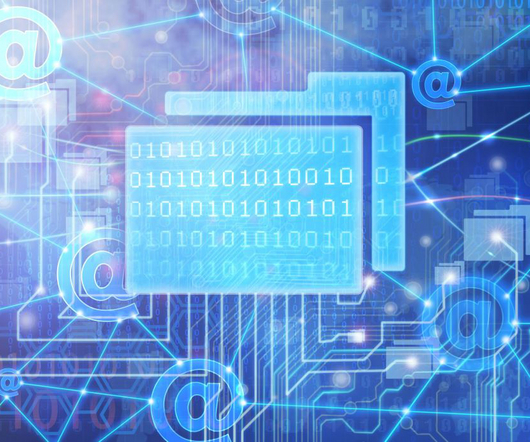Story of the Year: global IT outages and supply chain attacks
SecureList
DECEMBER 9, 2024
This case underscores the serious risk that social engineering and supply chain attacks pose to open-source projects. This incident demonstrates the possibility of attacks being conducted to cause physical harm, and various threat actors may be leveraging electronic or fully digital components. Why does it matter?




















Let's personalize your content